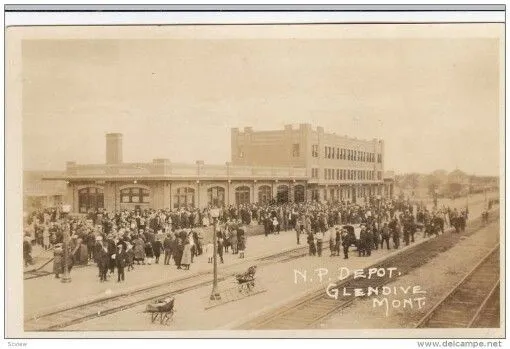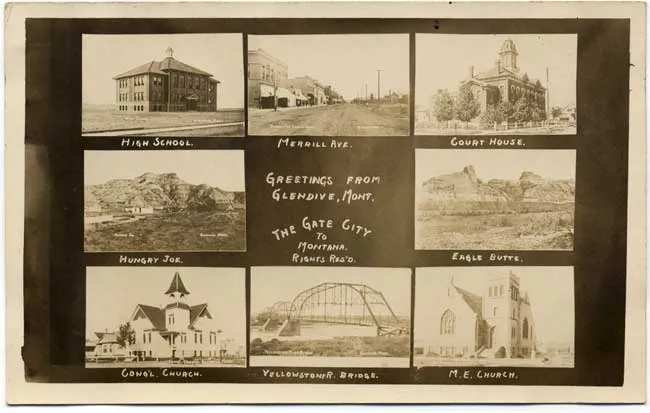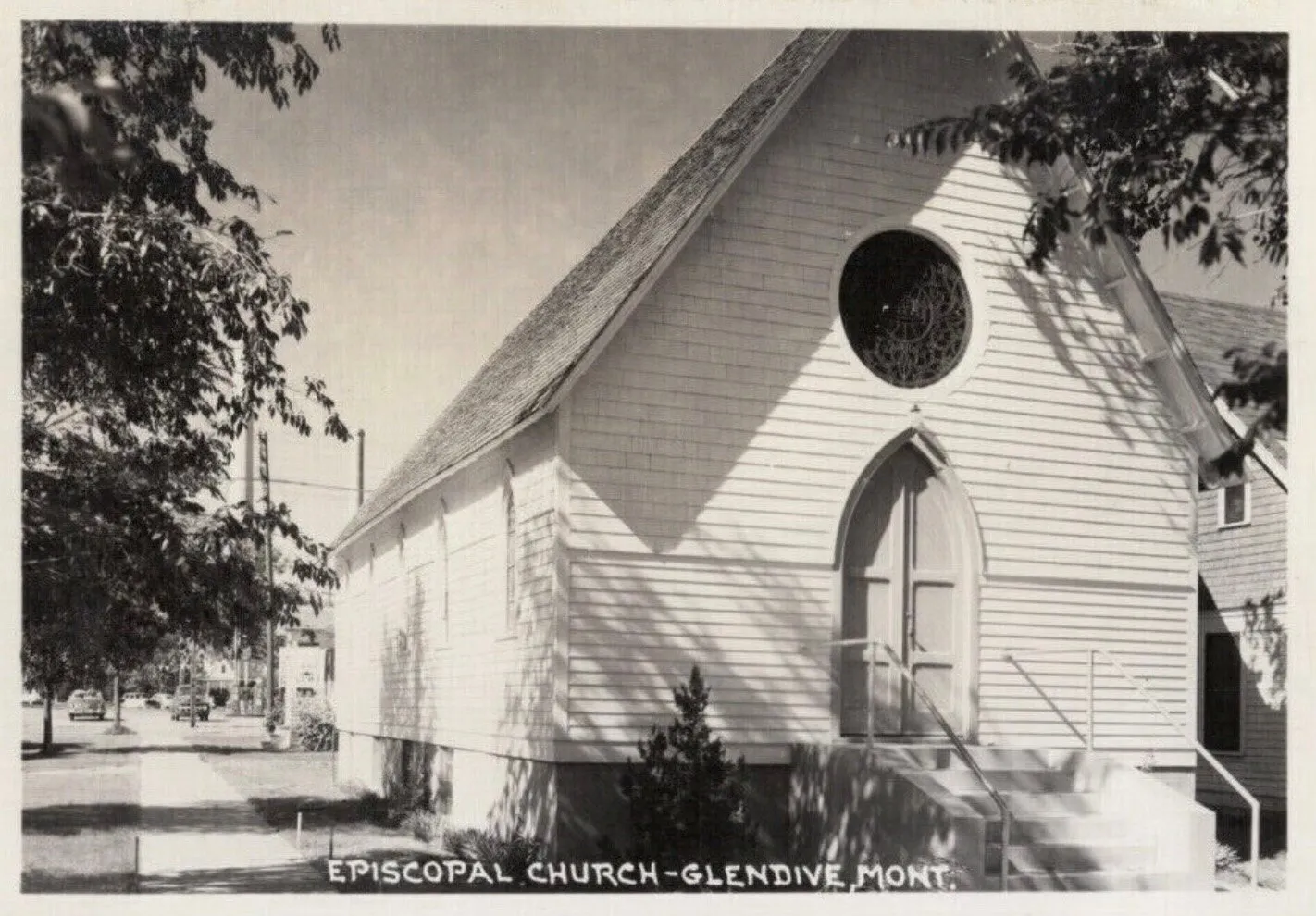Our History
Glendive, Montana
Glendive, Montana, has its origins tied to the expansion of the Northern Pacific Railway in the late 19th century. The town was founded in 1881 as a key division point for the railway, which was then pushing westward across the Northern Plains. The name "Glendive" is believed to be derived from the nearby Glendive Creek, possibly a corruption of the Scottish "glen" (meaning valley) and "dive" (referring to the steep banks of the Yellowstone River in the area).
As a railway hub, Glendive quickly became an important stop for transporting goods and people, helping to fuel its early growth. It also became a center for agriculture and ranching, with the fertile lands around the Yellowstone River supporting farming. The discovery of coal and other natural resources in the region further contributed to the town's development.
Glendive remains a small community today, but its history is deeply rooted in the westward expansion of the American frontier and the rise of the railroad. It is now the county seat of Dawson County and known for its historical significance and natural beauty, including the nearby Makoshika State Park, which features badlands and dinosaur fossils.



St. Matthew's Episcopal Church
St. Matthew's Episcopal Church in Glendive, Montana, dates back to the late 19th century. As Glendive grew, so did its spiritual needs, and in response, St. Matthew's Episcopal Church was built in 1893, making it one of the oldest churches in the area. The church served the growing population of settlers, railroad workers, and ranchers who had come to Glendive. Its original structure, built with traditional ecclesiastical architecture, became a key religious and community hub in the town.
1893 Matthew's House
Our Name:
It all started when Jamie playfully Googled, “Where did Jesus hang with his peeps?” This led to a passage in the Gospel of Matthew where Jesus dines with sinners at Matthew’s house—a gathering place for those seeking love, acceptance, and healing.
This resonated deeply, especially given the purpose of 1893 Mathew’s House as a place where people can come together to celebrate, connect, and find joy. In a beautiful twist of fate, I discovered that this church was originally built as St. Matthew’s Episcopalian Church in 1893. It was as if the name was destined, connecting the venue’s history with its new chapter as a welcoming space for all.
The passage that inspired it all comes from Matthew 9:10-12 (NIV):
“While Jesus was having dinner at Matthew’s house, many tax collectors and sinners came and ate with him and his disciples. When the Pharisees saw this, they asked his disciples, ‘Why does your teacher eat with tax collectors and sinners?’ On hearing this, Jesus said, ‘It is not the healthy who need a doctor, but the sick.’”
Just as Matthew’s house was a place of gathering and renewal, 1893 Mathew’s House invites everyone to create new memories in a space that blends history, community, and celebration.



1893 Matthew's House - a place where people can come together to celebrate, connect, and find joy...
© 2024 1893 Matthew's House. All Rights Reserved.

